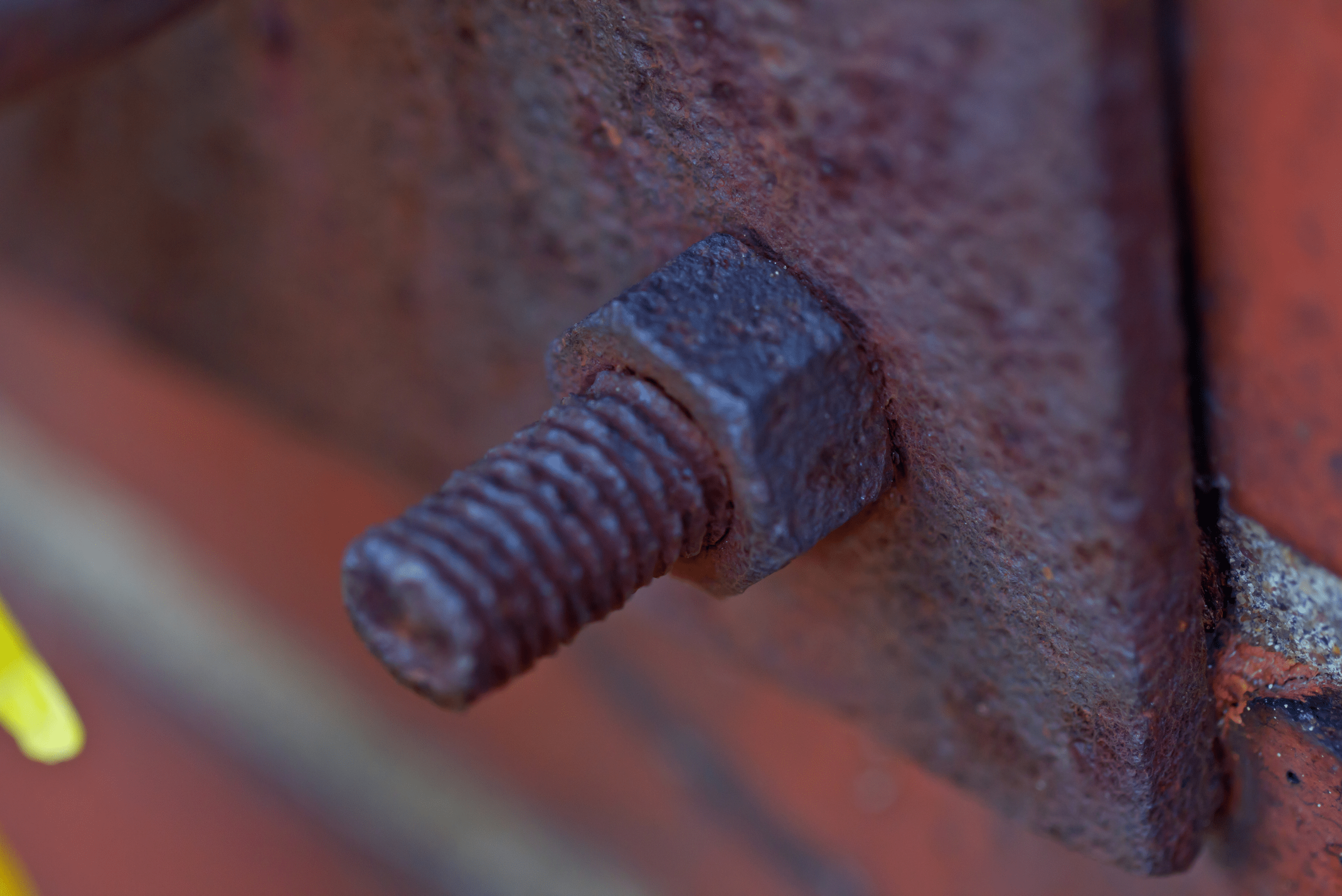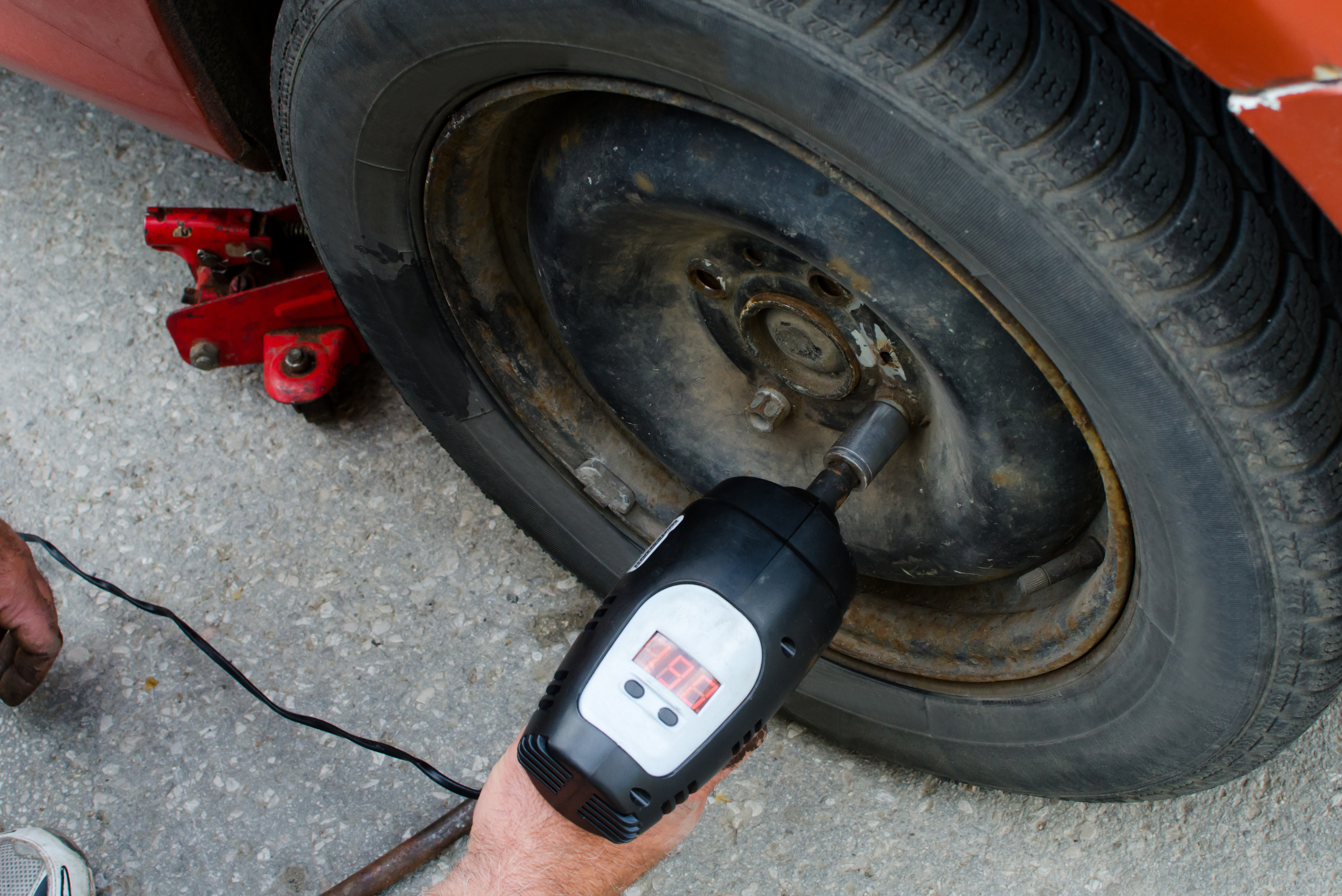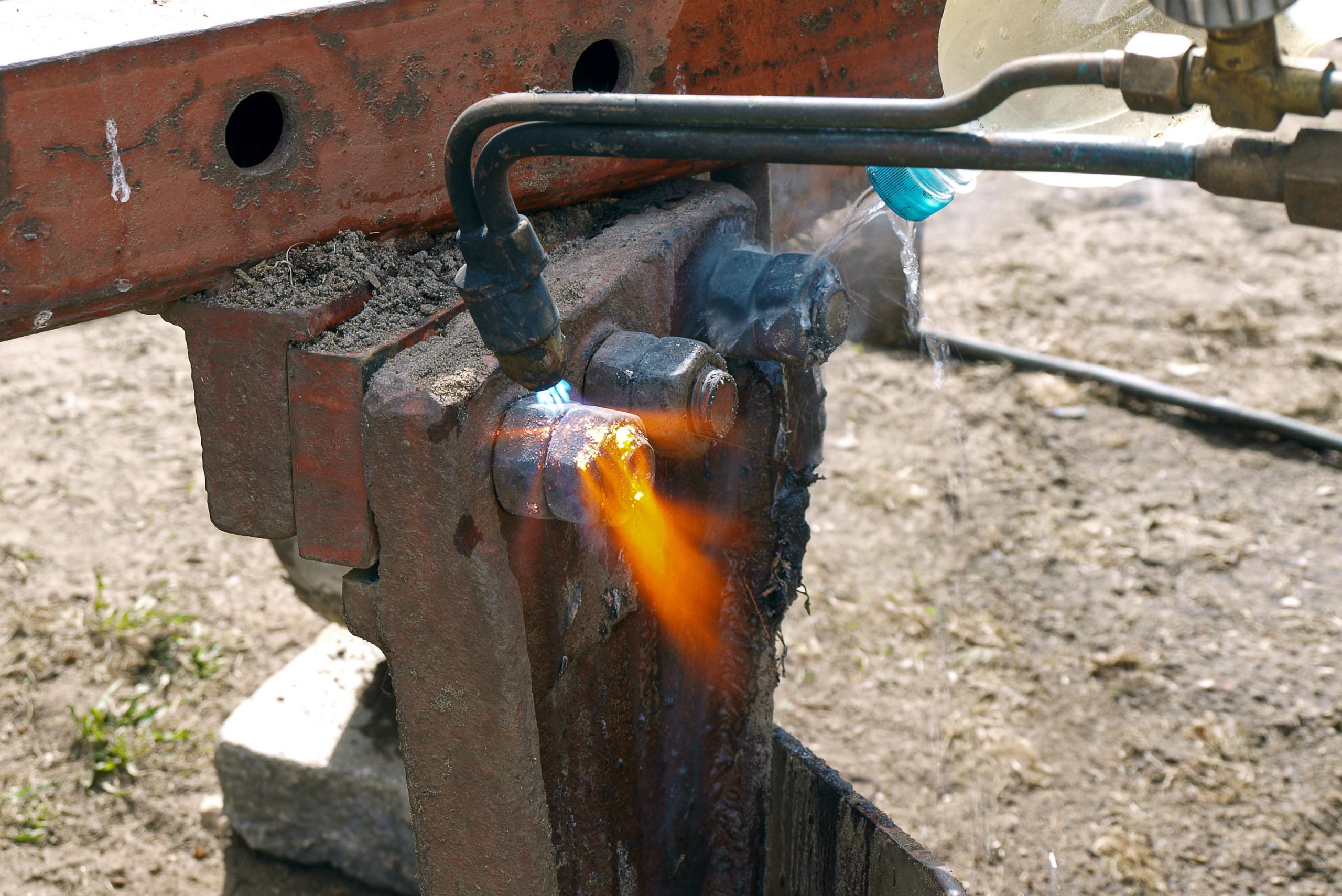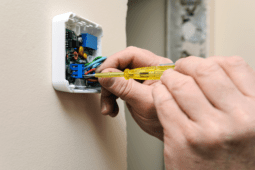How to Loosen a Bolt That Won’t Budge
As a handyman working on DIY projects and home improvement, encountering a bolt that just won’t budge is as inevitable as the sunrise. Whether you’re refurbishing an old piece of furniture, working on your car, or tackling some home maintenance, the frustration of a stuck bolt is a familiar foe. But fear not, for we have gathered some tried and true methods to loosen that stubborn hardware and get your project back on track. Sit back, grab your toolbox, and let’s dive into how to loosen a bolt that won’t budge.
Understanding Why Bolts Become Stuck
Bolts don’t just decide to become immovable obstacles to test your patience; there are scientific reasons behind this common issue. Rust, a common culprit, forms when metal is exposed to moisture and oxygen over time, creating a bond between the bolt and its housing that can seem stronger than super glue.

Another frequent challenge is stripping, where the bolt’s head or threads are damaged, making it nearly impossible to get a good grip with tools. Understanding these challenges is the first step in overcoming them, guiding us towards the right tools and techniques for the job.
The Right Tools for the Job – Penetrating Oils and Impact Wrenches
When facing a bolt that won’t budge, reaching for the nearest wrench isn’t always the best approach. Instead, start with a generous application of a penetrating oil, such as WD-40 or PB Blaster. These oils work their way into the tiniest crevices, breaking down rust and reducing friction, making it easier to twist the bolt free.

Give the oil some time to work its magic, then try again with your wrench. If manual efforts fail, an impact wrench can deliver the extra torque needed to break the bolt free, using rapid, hammer-like blows that are less likely to damage the bolt than constant pressure.
Heat, Cold, and the Magic of Expansion and Contraction
For the particularly stubborn bolt, it’s time to delve into the world of thermal expansion and contraction. Applying heat directly to the bolt with a propane torch can cause it to expand slightly. When it cools down, it contracts, potentially breaking the rust seal and making it easier to turn.

On the flip side, applying cold, such as from a can of compressed air turned upside down, can shrink the bolt just enough to loosen its grip. Remember, safety is paramount when using extreme temperatures, so take all necessary precautions.
The Gentle Art of Persuasion – Tapping, Tightening, and Patience
Sometimes, a bit of gentle persuasion is all a bolt needs to start moving. Tapping the bolt head gently with a hammer can jostle the threads just enough to break free of corrosion. If you’re worried about damaging the bolt, placing a piece of wood or another soft material between the hammer and the bolt can protect it.

Surprisingly, attempting to tighten the bolt ever so slightly before loosening it can also break the seal formed by rust or corrosion. Throughout these efforts, patience is your best friend. Rushing can lead to stripped heads or broken bolts, turning a nuisance into a nightmare.
Even with all the right techniques and tools, some bolts simply refuse to cooperate. When you’ve tried everything and the bolt still won’t budge, it might be time to seek professional help. A skilled mechanic or handyman has the experience and possibly even specialized tools that can make all the difference. There’s no shame in calling in the cavalry; sometimes, it’s the smartest move.
Ready to start your next project? Join our DIY community to receive tool tips, how-to guides, and exclusive creative insights. Subscribe to the ManMadeDIY newsletter now! Click here to unlock a world of hands-on inspiration.









